Allen-Bradley PLC 1747-L552 — High-Performance Automation Controller for Industrial Applications
In modern industrial environments, efficiency, reliability, and scalability define the success of automated systems. The Allen-Bradley 1747-L552 programmable logic controller (PLC) exemplifies these qualities, offering robust performance, flexible connectivity, and advanced control capabilities. Designed to serve a wide range of applications, this PLC ensures precise process management, real-time communication, and long-term operational reliability.
For technical references and additional details, engineers and automation professionals can explore www.ayingo.com, a comprehensive resource for industrial automation products and solutions.
1. Overview of 1747-L552
The 1747-L552 belongs to the Allen-Bradley SLC 500 family, which is known for its compact form factor, modular design, and reliable performance in diverse industrial processes. This PLC integrates a high-speed processor with deterministic execution, enabling real-time control over complex operations.
Unlike conventional controllers, the 1747-L552 offers a combination of flexible I/O expansion, built-in communication options, and simplified programming capabilities. These features allow engineers to optimize automation systems for efficiency, responsiveness, and precision.
2. Key Technical Specifications
The Allen-Bradley 1747-L552 is engineered for performance and versatility. Key specifications include:
-
Controller Type: SLC 500, Processor Unit 1747-L552
-
Processor Speed: High-speed CPU for real-time control
-
Memory: 32 KB user program memory, 32 KB data memory
-
Communication: RS-232, DH+, and optional Ethernet module
-
I/O Support: Modular expansion via SLC 500 I/O modules
-
Power Supply: 5V DC for processor, 120/240V AC for backplane
-
Operating Temperature: 0–55°C
-
Programming Software: RSLogix 500
These specifications ensure that the 1747-L552 maintains reliable control under demanding industrial conditions, while offering engineers flexibility in system configuration.
3. High-Speed Processing and Reliable Control
At the core of the 1747-L552 is a high-performance CPU capable of executing complex logic routines with minimal delay. Its deterministic architecture allows the PLC to respond rapidly to input changes, ensuring precise control in time-sensitive applications.
This controller supports a variety of programming languages, including ladder logic, structured text, and function block diagrams, giving engineers the flexibility to design systems that meet unique operational requirements. By optimizing logic execution and scan time, the 1747-L552 reduces mechanical stress and improves overall process efficiency.
4. Flexible Communication and Networking
Connectivity is a crucial factor in modern automation, and the 1747-L552 excels in this domain. Equipped with RS-232 and DH+ communication ports, the controller can integrate seamlessly with HMIs, drives, sensors, and other SLC 500 devices. Optional Ethernet modules further expand network capabilities, enabling integration with broader industrial networks.
This connectivity supports real-time data exchange, remote monitoring, and predictive maintenance strategies. By linking the 1747-L552 to centralized control systems, engineers can optimize processes, reduce downtime, and enhance operational visibility across facilities.
5. Modular Design and Scalability
The SLC 500 architecture emphasizes modularity and scalability, allowing users to expand I/O and functionality according to system requirements. Engineers can add discrete I/O modules, analog modules, or specialty modules to customize the system for specific applications, such as process control, material handling, or machine automation.
This modularity simplifies upgrades and maintenance while maintaining a compact footprint. It also ensures that the 1747-L552 can evolve with changing industrial needs, supporting long-term operational scalability.
6. Simplified Programming and Operation
Using RSLogix 500 software, engineers can program, monitor, and troubleshoot the 1747-L552 efficiently. The software’s intuitive interface allows for quick configuration of I/O, creation of control logic, and real-time diagnostics.
Built-in indicators on the PLC provide immediate feedback on system health, including power status, processor activity, and fault conditions. These diagnostics reduce downtime and enable faster problem resolution, which is critical in high-demand industrial settings.
7. Reliability and Robustness
The 1747-L552 is engineered for long-term reliability in harsh industrial environments. Its robust design ensures consistent performance under varying temperature conditions, electrical noise, and vibration. The controller’s durability minimizes unplanned downtime and lowers maintenance costs.
Combined with deterministic processing and high-speed execution, the 1747-L552 ensures continuous, stable operation in applications such as automated assembly lines, conveyor systems, and process control environments.
8. Versatile Industrial Applications
The Allen-Bradley 1747-L552 is suitable for a wide array of industrial applications:
-
Manufacturing: Conveyor control, robotic integration, and assembly automation
-
Process Industries: Chemical, water treatment, and food processing control
-
Material Handling: Sorting, packaging, and palletizing systems
-
Utilities: Pump and fan management, energy monitoring
-
Custom Machine Control: CNC and special-purpose machinery
Its versatility makes it a reliable solution for engineers seeking a robust, flexible, and expandable PLC platform.
9. Safety and Compliance
The 1747-L552 meets global safety standards and can integrate with safety modules to protect personnel and equipment. Compliance with IEC and UL standards ensures that systems built around this PLC adhere to rigorous industrial safety requirements.
By incorporating safety functions directly into the automation system, engineers can simplify design and reduce the need for external safety devices while maintaining compliance.
10. Conclusion
The Allen-Bradley 1747-L552 PLC offers a compact, high-performance, and scalable solution for modern industrial automation. With advanced processing, flexible communication, modular design, and reliable operation, it provides the precision and adaptability required for a wide range of applications.
For detailed specifications, application guidance, and integration tips, engineers can consult www.ayingo.com, a trusted resource for Allen-Bradley and industrial automation components.
Be the first to review “1747-L552” Cancel reply
Related products
Products
Products
Products
Products
Products
Products
Products

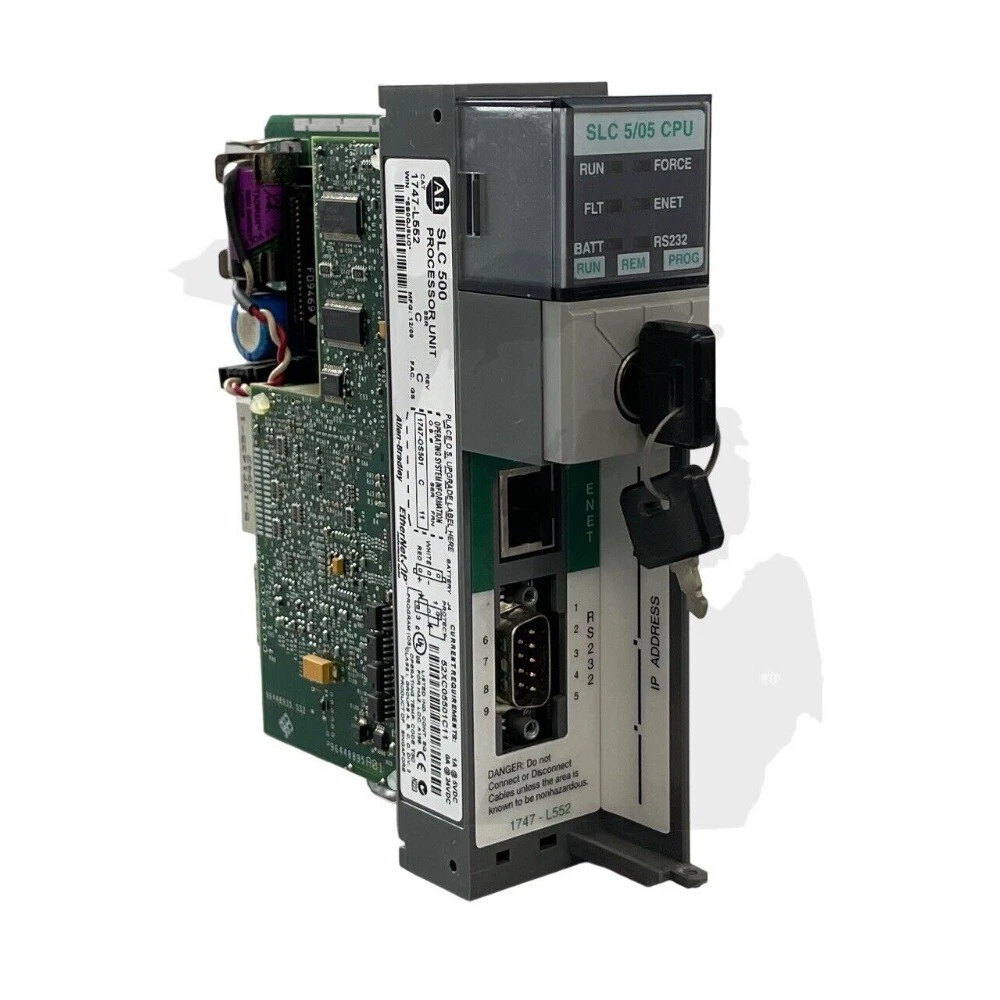

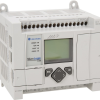

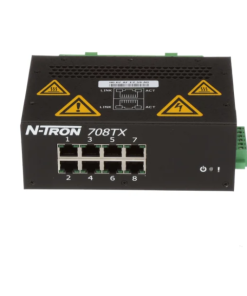
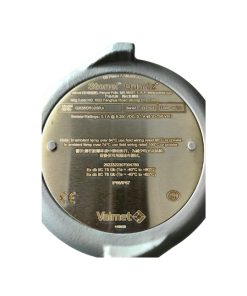
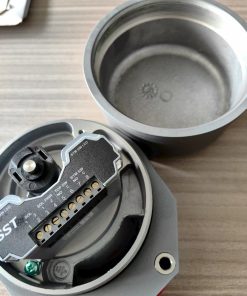
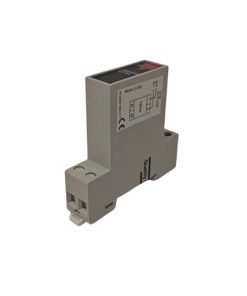
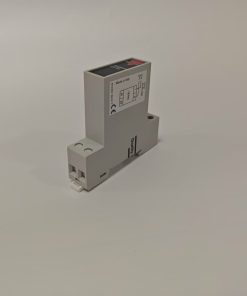
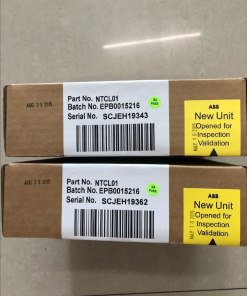
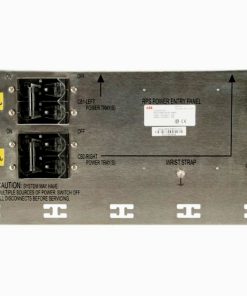


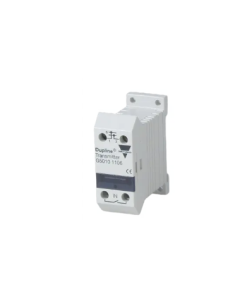
Reviews
There are no reviews yet.